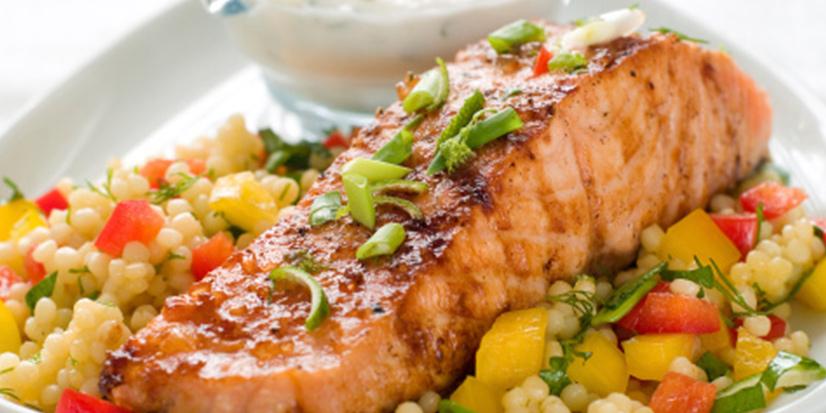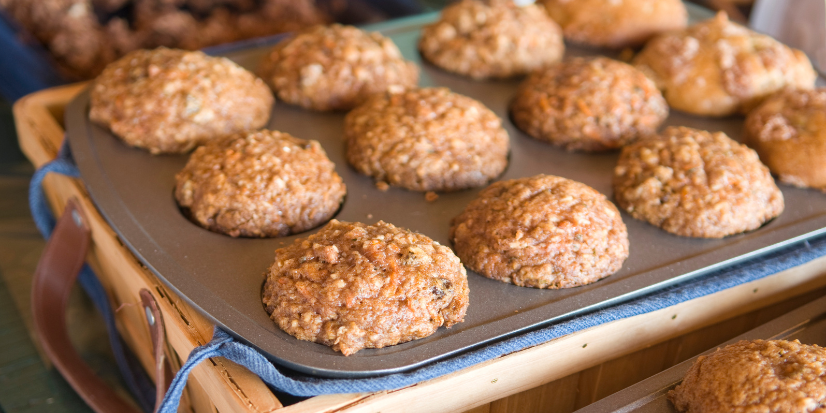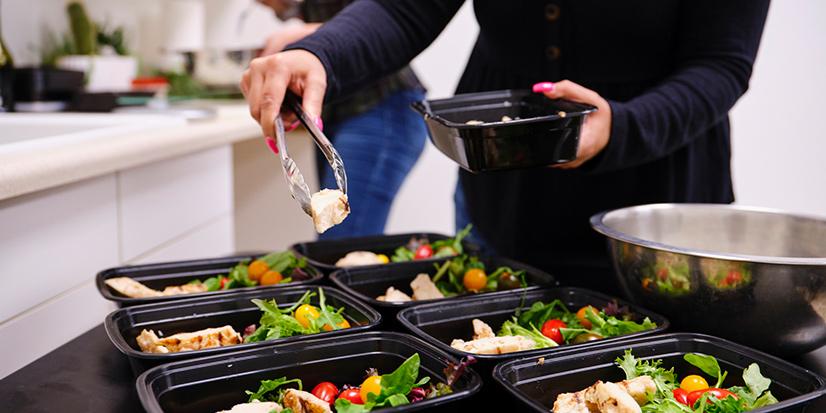With more time spent at home, you may be running out of meal ideas – noodles, sandwiches, frozen pizza, and more noodles. We understand that pleasing everyone in the house is not an easy task, especially if you’ve got several mouths to feed. Though homecooked meals are often more nutritious, this doesn’t mean there are no healthy takeout options.
If you’re worried about developing a habit of ordering takeout, consider choosing a day of the week where you and your family support a local restaurant. For example, Tuesdays can turn into #TakeoutTuesday, when you can support a different local business every Tuesday.

You can include your kids by having them write a list of local restaurants, create a take-out calendar, read menus, write down menu items that seem appealing to them, and Google foods they don’t recognize.
Below are tips written by Danielle Rancourt, a registered dietitian at Altru, for scoping out those healthier menu items as well as dietitian picks from locally owned businesses in the Grand Forks area.
Ditch Deep Fried
If you’re truly trying to make a healthy choice, fried foods shouldn’t be on your radar. Common fried foods include fries, chicken strips, tater tots, cheese sticks, chicken tenders, corn dogs, egg rolls, hash browns, onion rings, and seafood dishes like fish & chips, calamari, and popcorn shrimp.
Pro Tip: Look for other words that mean fried such as breaded, frita, Frites, battered, tempura, crispy or crunchy. Note that these words are often found in the description rather than the title.
Sample over Serving
Most appetizers are deep-fried or smothered in cheese, therefore providing hundreds of calories in a smaller amount of food. For example, the average chicken wing yields 80 calories. So, if you choose to snack on the 8-wing appetizer while waiting for your entree, you’re already 640 calories deep before the main course!
Pro Tip: When sharing multiple appetizers with a group, limit yourself to 1-2 pieces per appetizer. Think of it as a grocery store sample station where you are given one taste (2 if you’re lucky) at each station.
Build Balance
Several menu items often lack quality protein and high-fiber carbohydrates (whole grains, vegetables, fruit) while providing a significant amount of refined carbohydrates (bread, pasta, chips, fries) and saturated fats (cheese, cooking oil, or mayo-based sauces).
The most nutritious entrées typically consist of a balanced trio:
- Lean protein (grilled chicken/shrimp, filet, tenderloin, baked salmon)
- Vegetables (raw, steamed or lightly sautéed/roasted)
- Whole grains/starches (appropriate portions are key for this category)
Balanced Entrée Example: 6 oz filet mignon with 1 cup of roasted potatoes and grilled asparagus.
Pro Tip: If weight loss/maintenance is your goal, keep grain/starch portions to no bigger than the size of your fist.
Hello, Whole Grains
Whole grains contain satisfying fibers and important minerals such as magnesium and zinc, which get stripped from refined (white) grains during processing.
Choose whole-grain options when available, such as whole-wheat bread, pasta, or pizza crust. If available, consider swapping out grains such as rice and pasta for healthier alternatives like zoodles, cauliflower rice, or a bed of greens.
Pro Tip: Choosing thin crust over regular crust cuts calories by almost 30%!
Load Up on Veggies
Unless fried or smothered with cheese, butter, or oil, vegetables are unlimited. Vegetables are low in calories and high in fiber, vitamins, minerals, antioxidants, and water. Vegetables are nature’s magic pill, so whatever your goal may be, aim to include veggies at both lunch and dinner daily.
Pro Tip: Swap starchy sides (potatoes, fries, chips, rice) for an extra serving of vegetables, also known as “double veg” in the restaurant industry.
Go Lean with Protein
In most cases, the fewer legs on the animal, the leaner the meat. This said, choose fish and poultry over beef and pork most often. Again, avoid deep-fried protein sources such as chicken tenders, popcorn shrimp, calamari, fried fish, and bacon.
Pro Tip: Consider plant-based protein like a veggie burger or quinoa bowl. Beans and legumes contain little to no fat or cholesterol and pack a mean amount of satisfying fiber.
Smart Sides
Sides can make or break the healthfulness of a meal. For example, you might choose the chicken fajitas (a healthier lunch option), though it comes with a generous amount of rice, refried beans, sour cream, shredded cheese, AND unlimited chips and salsa. Most people don’t need this much food, especially if weight loss/maintenance is the goal.
Many restaurants now offer healthier sides so make sure to scope out all your options before sticking to ye old French fries, which provide an average of 350 calories without the dipping sauce.
Smart Sides: fresh greens, garden salad with vinaigrette, steamed broccoli, mixed vegetables, asparagus, broth-based soups, fresh fruit, tomato slices
Middle-Men: baked potato, mashed potato, rice pilaf, Caesar salad, coleslaw
The Dark Side(s): chips, fries, loaded baked potatoes, loaded mashed potatoes, onion rings, creamy soups, anything “unlimited” (breadsticks, tortilla chips)
Pro Tip: Ask if you can substitute the default side (fries, chips). Also, always ask for sauces and dressings on the side.
Portions over Everything
Some people might avoid delicious menu items like Seafood Mac N’ Cheese, cheeseburgers, or pizza due to their high calorie and/or carbohydrate content. Truth is, all foods fit…it’s all about balance! The issue with the types of meals listed above is that we eat way more than we should. For example, a single serving of pasta is ½ cup cooked. Who in the world eats just ½ cup of pasta? Exactly. Does this mean you should stop ordering your favorite pasta or pizza? Of course not! Consider the following tips to control portions:
- Share one appetizer and one entrée between two people
- Divide your entrée into 2-3 small meals – multiple meals for the price of one!
- Eat without distractions (phone, TV, iPad, etc.)
- Slow down – actually taste and enjoy your food
- Look for signs of satisfaction such as a deep breath, sigh, or pushing away from the table. If you notice any of these signs, your body is trying to tell you it’s had enough.
- Remind yourself that you don’t need to clean your plate, even if there are 4 bites left!
Pro Tip: If you overindulged, it’s okay! Take note of how you felt and aim to eat more mindfully next time. To avoid the snowball effect (I ate one cookie so I might as well eat five and then order pizza), try to get back on track at the very next meal or snack.
Click here for Danielle’s healthier options for Grand Forks local businesses>>







